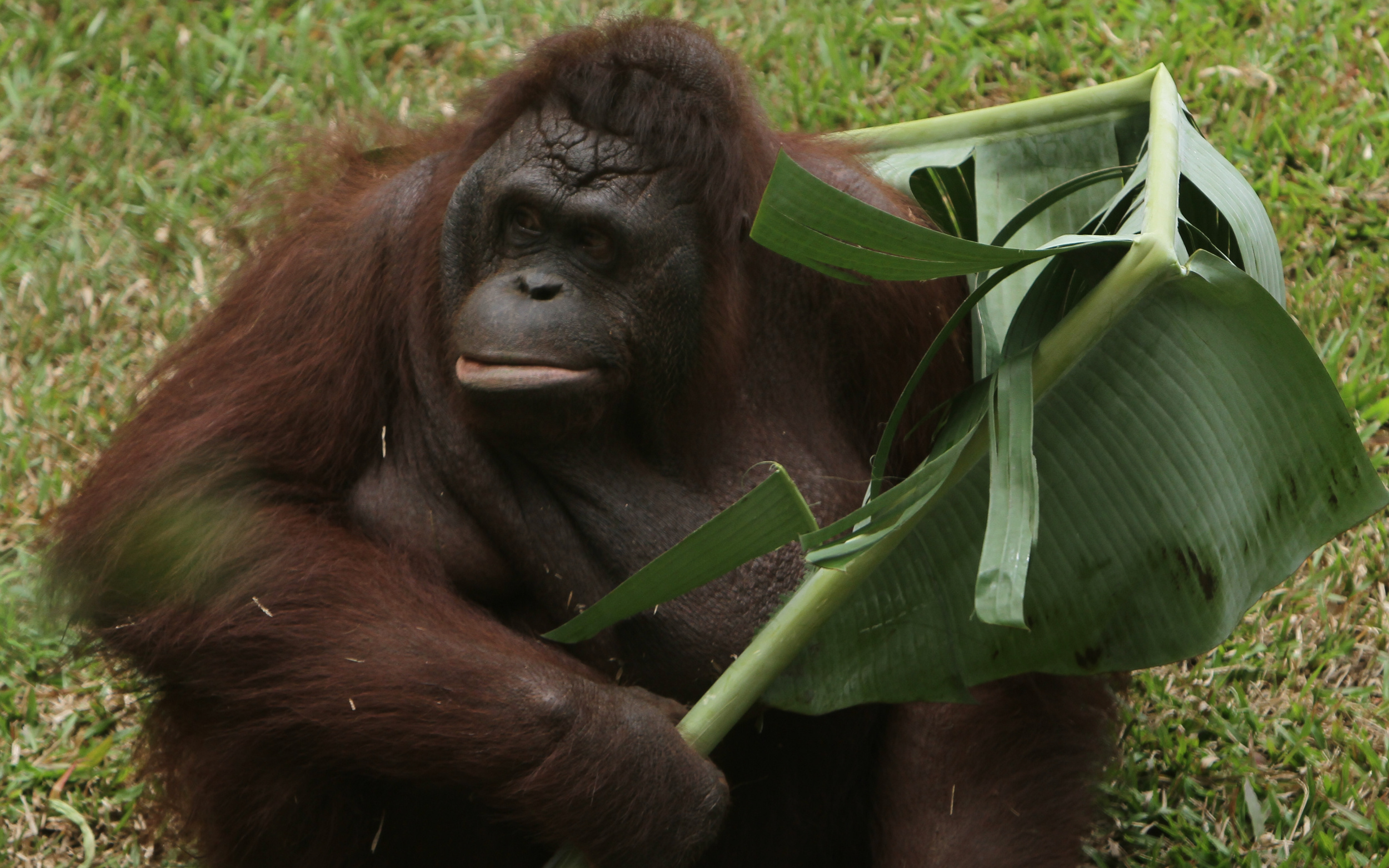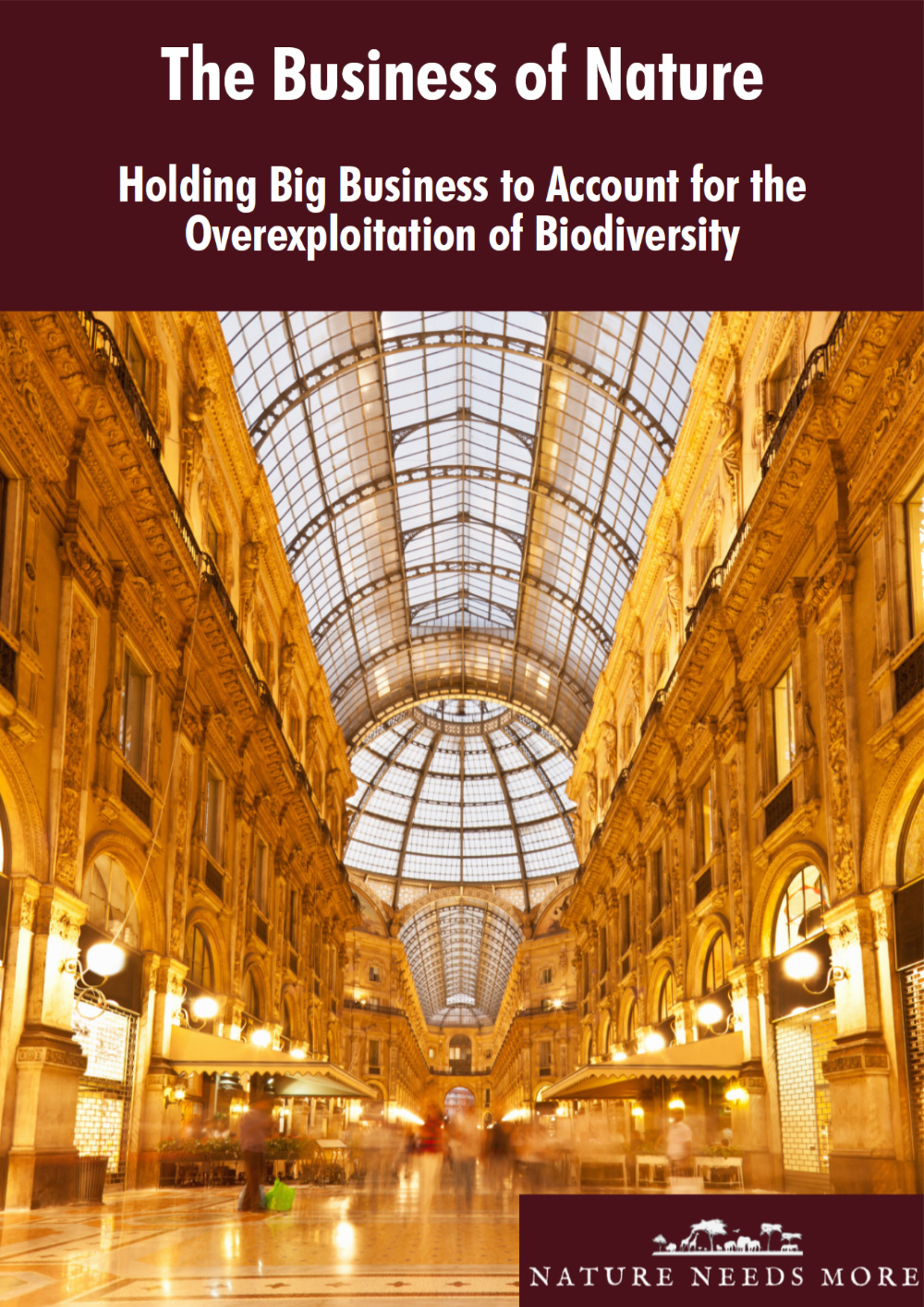
In an excellent article by Amy Westervelt for Drilled media, about New York Climate Week, Amy calls out the pattern of what can now be expected at the merry-go-round of events on the climate crisis, “the focus on positivity to the exclusion of anything else felt completely surreal and, if I’m being honest, a little scary….seeing so many climate leaders demand positivity, and only positivity, was more than a little unnerving”.
Ken Pucker, in a LinkedIn post, said of NY Climate Week, “Voluntary sustainability target setting leads to a bevy of self-congratulatory trivial achievements”, continuing, “As long as system structure, rules and incentives remain broken Climate Week will remain aspirational and inadequate”.
Be it climate change or biodiversity loss, actions coming from business, industries, governments, and global regulatory systems feel evermore performative; there is little substance. We have reached a point where self-congratulating on trivial achievements and demanding toxic positivity seem all that is possible at these conferences, and business-as-usual is otherwise maintained. How did we get here?
After lobbying governments to neuter or completely dismantle regulations and regulators in the 1980s, all capitalists have had to do is aspire to voluntary targets, knowing that they won’t be achieved. But here’s the thing, they also know that they won’t be held accountable for delivering the targets, because they are voluntary and non-binding, and there are no consequences. After decades of this, we are now simply seeing the consequence of no consequence.
Overproduction

Overconsumption

Profits Over Principles

Biodiversity Collapse

We are a day away from the Nature Positive Summit in Sydney, whose stated objective is to explore effective ways to realise global commitments under the Kunming-Montreal Global Biodiversity Framework. Participants in the event will be tripping over Chief Sustainability Officers, Sustainability Advisors and Sustainability Specialists. Speakers also have titles such as Group Head of Sustainability, General Manager Sustainability, Head of Sustainable Trade, Head of Sustainable Finance, Senior Director Sustainability and Regeneration, Head of Sustainability, Managing Director Sustainable Finance, Executive Director Resilience and Sustainability, Executive Manager of Agribusiness Sustainability, Group General Government and Sustainability, Director of Corporate Affairs and Sustainability. I’m sure you get the picture, the gang’s all here!
For the last two decades or more business have focused on producing glossy sustainability reports, paying for sustainability advertorials and supported the rise of sustainability journalists, editors, managers, directors, officers etc. While much has been written, drowning the public in glossy reports full of meaningless measures and goals, few, if any, have provided any proof of sustainable practices.
Similarly, countless organisations have been set up with sustainability in their name, chief among them the World Business Council for Sustainable Development (WBCSD). The WBCSD’s is a CEO-led organisation of over 225 international companies, and with 60 national and regional business councils and partner organizations. Since its launch in 1995, its mission has been, “for all people to thrive in a sustainable way”, with its members, “pushing the boundaries of what businesses can achieve by taking action to limit the climate crisis, restore nature and tackle inequality”.
So, what have all these people, and all these organisations collectively achieved in the last couple of decades to limit the climate crisis, restore nature and tackle inequality? It would be fair to say not much. Carbon emissions keep on rising, wildlife populations keep on falling and inequality has been getting worse for the last decade. With extreme weather events becoming the norm and pandemics creating both human and ecological disasters, the consequences of the inaction are all too easily seen. And as organisations must be seen to be doing something, we come back to the whole sustainability industry congratulating themselves on inadequate responses and demanding toxic positivity at events that are performative with no substance.
Background on the ‘Sustainable Extraction’ Of Wild Species
The Nature Positive Summit is ostensibly staged to explore effective ways to achieve commitments under the Kunming-Montreal Global Biodiversity Framework (GBF), which is a part of the global Convention on Biological Diversity (CBD).
Due to concerns over the rapid decline in biodiversity as a result of the rising extraction of biomass for human consumption, the CBD entered into force on 29 December 1993. It’s stated 3 main objectives are:
- The conservation of biological diversity
- The sustainable use of the components of biological diversity
- The fair and equitable sharing of the benefits arising out of the utilization of genetic resources
Biological diversity has continued to rapidly decline since the CBD came into force, so it is important to note that the CBD, like all the most recent global conventions is non-binding; compliance is not enforced.
The recent Kunming-Montreal Global Biodiversity Framework is in effect the world’s “Strategic Plan for Biological Diversity 2022-2030”. It has a number of targets and goals but any actions to achieve these are voluntary and commitments are non-binding. Given the CDB’s 3 main objectives, a key target is Target 5, which states unsustainable and illegal extraction of biomass must be stopped by 2030.
Target 5 in full is: Ensure that the use, harvesting and trade of wild species is sustainable, safe and legal, preventing overexploitation, minimizing impacts on non-target species and ecosystems, and reducing the risk of pathogen spill-over, applying the ecosystem approach, while respecting and protecting customary sustainable use by indigenous peoples and local communities.

The CBD goes on to define scope and aims of Target 5
Scope:
- Use, harvesting and trade – Use refers to all the various ways in which wild species are used by people, including for food and non-food purposes, such as for clothing, medicinal, cultural, scientific, recreational and work-related uses, as well as for selling or trading.
- Harvesting involves the gathering, catching or hunting of wild species for human uses.
- Trade includes the selling or exchange of live or dead wild species and/or products derived from them.
Nature Needs More’s focus is ‘sustainable’ and ‘legal’, and we work on the industrial scale commercialisation of biodiversity for profit and not the small-scale community/cultural use. For transparency, we believe it is critical to distinguish these two aspects of use, rather than merge them as is too often being done by the conservation sector. Corporate overexploitation cannot be allowed to hide behind the skirts of community livelihoods.
Aims:
- Sustainable – Implies the harvesting, trade and use of organisms at a rate within the bounds of their capacity for renewal.
- Legal – Implies that the harvesting, trade and use should respect all relevant international, national and local laws as appropriate.
If the CBD was taking this target seriously, it would have called out international trade as the primary culprit for unsustainable overextraction. CITES commissioned a study by the IPBES on sustainable use that confirmed that international trade in wild species (of both CITES listed and non-listed species) is the main contributor to overextraction. Hence the Kunming-Montreal GBF should have included specific measures to curb the international trade, which it does not. Neither has CITES adopted any meaningful (and resourced) measures to achieve Target 5.
History of Target 5:
And Target 5 has a past, it focuses on issues previously addressed, in part, in Aichi Biodiversity Target 6. The Aichi Targets constituted the “Strategic Plan for Biological Diversity 2011-2020”, adopted by the Parties to the Convention on Biological Diversity (CBD) in October 2010, in Aïchi, Japan.
Aichi Biodiversity Target 6 was in full: By 2020 all fish and invertebrate stocks and aquatic plants are managed and harvested sustainably, legally and applying ecosystem based approaches, so that overfishing is avoided, recovery plans and measures are in place for all depleted species, fisheries have no significant adverse impacts on threatened species and vulnerable ecosystems and the impacts of fisheries on stocks, species and ecosystems are within safe ecological limits.
The only consequences of missing every global target to stem the destruction of nature is that:
- Toxic positivity has accelerated, Nature Positive is rapidly becoming Nature Toxic Positivity
- The sustainability sector has grown, but it is performative with little substance, leading to what Ken Pucker highlighted, “Voluntary sustainability target setting leads to a bevy of self-congratulatory trivial achievements that are aspirational and inadequate”.
- In the same way as Amy Westervelt summarises for the climate crisis, the focus on positivity to the exclusion of anything else feels completely surreal and, if I’m being honest, a little scary and unnerving.
- Nature Need More can with 100% certainty state that there is No Chance of achieving Target 5 by 2030. Please note, we would be VERY HAPPY to be proven completely wrong on this.
So how do we build in consequences to this mess?
Based on the fact that the extractive industries for wild species have either no mandatory regulation or are faced with impoverished regulators, what happens on 1 January 2031 if Target 5 of the CBD isn’t achieved?
- Will there be an acceptance that the current model of voluntary self-regulation doesn’t work?
- Will business, industries and investors finally accept mandatory domestic and global regulation must be implemented to ensure that extraction is sustainable and legal?
- Will global and domestic regulators be modernised, empowered and adequately resourced to cope with current and future trade conditions?
- Will business and investors finally accept those who profit have to pay for the full cost of trade regulation and monitoring, and finally also accept the shareholder primacy model must go?
What SHOULD happen after 2030 is quite obvious:
- All trade in wild species moves to a reverse (white-)listing model, fully implementing the precautionary principle, first discussed at UN ‘Earth Summit’, in Rio de Janeiro in 1992.
- The new regulatory framework is based on the ‘business pays’ model in which those profiting the most, pay the most.
- National and international legislation is changed to bring the consequences of corporate crime in line with the consequences of street crime, which means dissolving the limited liability model together with the right to destroy, under private property legislation.
If Target 5 of the “Strategic Plan for Biological Diversity 2022-2030” – the Kunming-Montreal Global Biodiversity Framework – is not achieved by 1 January 2031, there must be consequences for missing this (and likely all the other) target(s). Since the CBD came into force with the objectives of 1. conservation of biological diversity, 2. Ensuring sustainable use of the components of biological diversity and 3. Ensuring fair and equitable sharing of the benefits, the stakeholders have had 11,239 days to ensure that the use, harvesting and trade of wild species is sustainable and legal, preventing overexploitation. Instead, the situation has become much, much worse.
There are now 2,278 days left until 1 January 2031. The clock is ticking towards a different model. There must be consequences, and real, not phantom, solutions. It is the wealthy, powerful and privileged who must accept this change.

